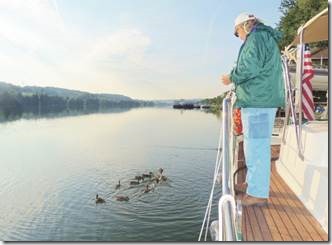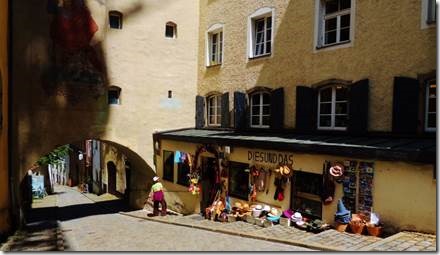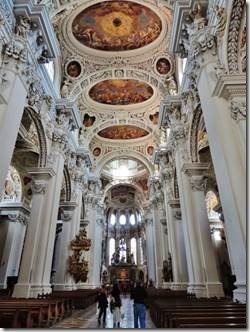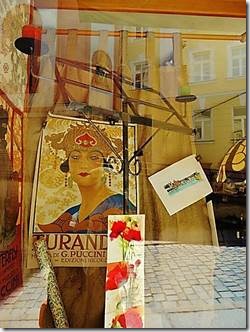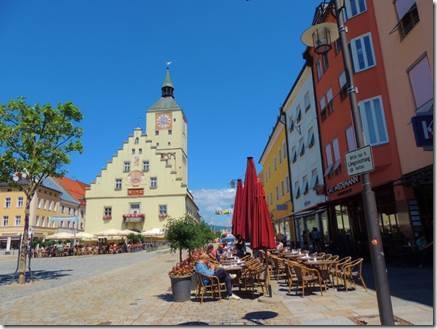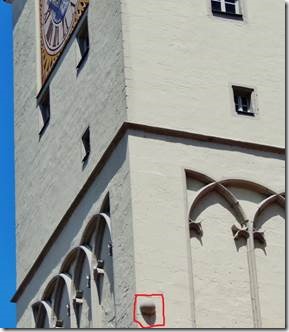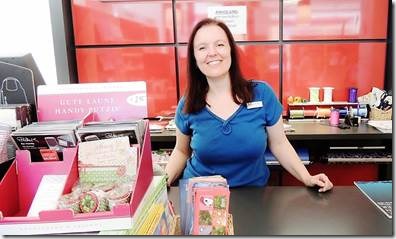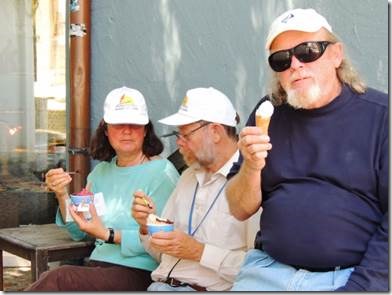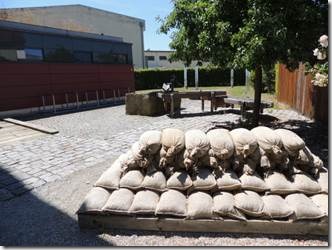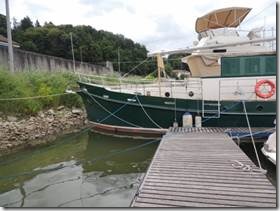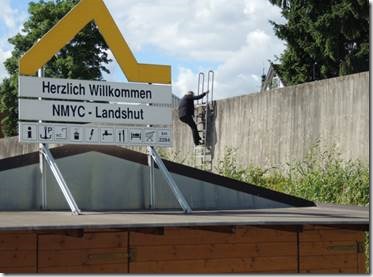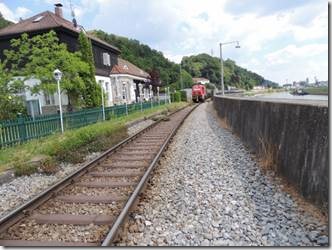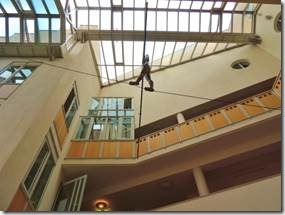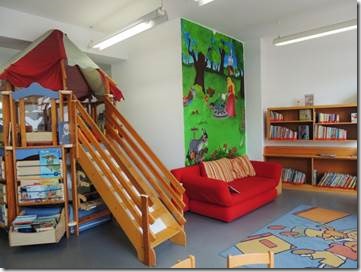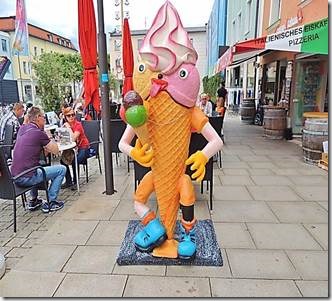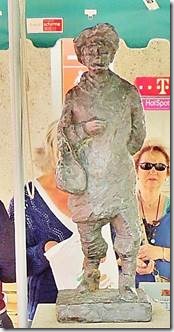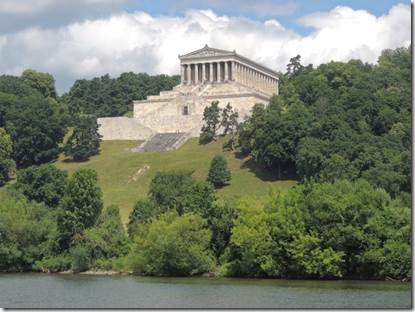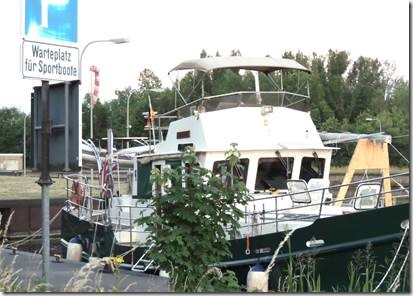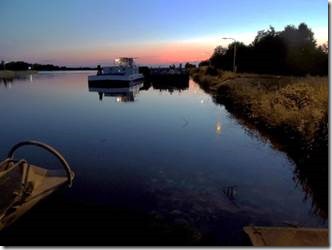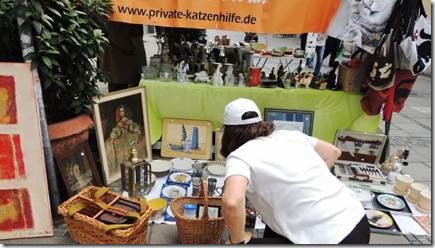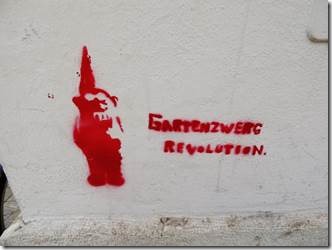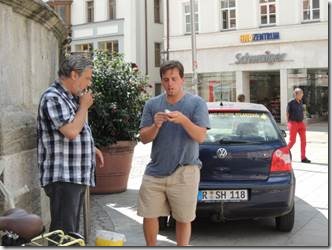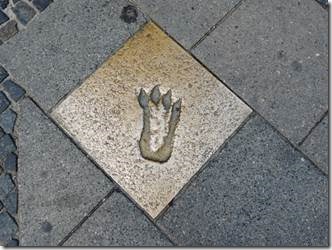Linz
Guten Abend
We arrived today just past noon. By 1 pm we were walking into town looking for a shop to buy sim cards for our internet dongles. A nice young man whom we stopped to ask directions told us exactly where to go. That checked off our list there was time for a cold beer, and then ice cream, and then more beer…. It was very warm and a long walk from the city marina to the old town and town center. I opted for water rather than beer and Mary had wine the second stop. Actually the first beer was at a Mexican Restaurant where Mary and I ordered lemonwasser which is lemonade. We actually got just plain water which was delivered to the table when I was in the WC or I would have sent it back. Water was really better anyway.
Just now our boat neighbors Pete and Chantelle are visiting. They are taking a few years to get to Turkey. But they are EU residents so they don’t have the time constraints.
This is part 2 of the Passau story about the rivers and the border lock between Germany and Austria.
Ru
|
High water marks on the Town Hall, the building with the red-topped tower. http://www.spiegel.de/ flooding in 2013 was the worst in 500 years. I took this photo standing mid-way between the Town Hall and the river. Conjunction Point : The Danube, Inn and Ilz |
|
We spent the night at a Heining Yacht Club just the other side of Passau. The next morning, while waiting for the okay from the lock keeper, Randal fed this group of duck. But it was whole meal bread so maybe not so bad. |
|
The next morning we cruised past Passau our final day in Germany Looking back at Conjunction Point and the towers of Passau The water became much muddier looking “The Ilz is a small river, but the Inn adds a substantial amount of water to the Danube. The force of the water brought down by the Inn is such that its brown waters can be seen pushing into the Danube for several hundred metres before merging.” The Danube, A River Guide by Rod Heikell |
|
Our final lock in Germany: enter in Germany and exit Austria Replacing our German courtesy flag with the Austrian courtesy flag. Rick and Mary had all the flags we’d need from their river passage in 2011. The Austrian border flag was reallya bit further along and about as big as our courtesy flag. |







